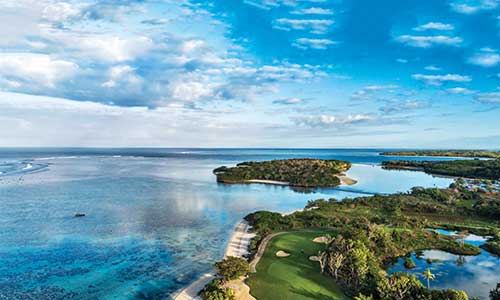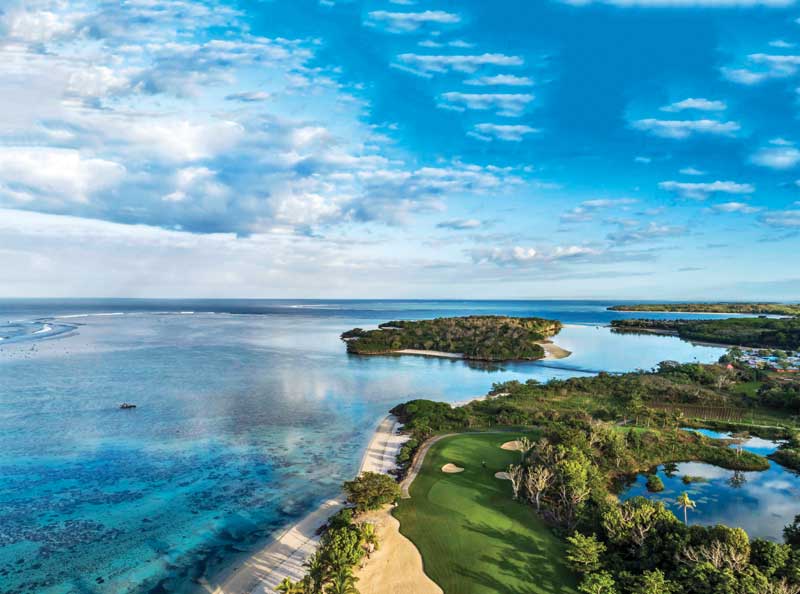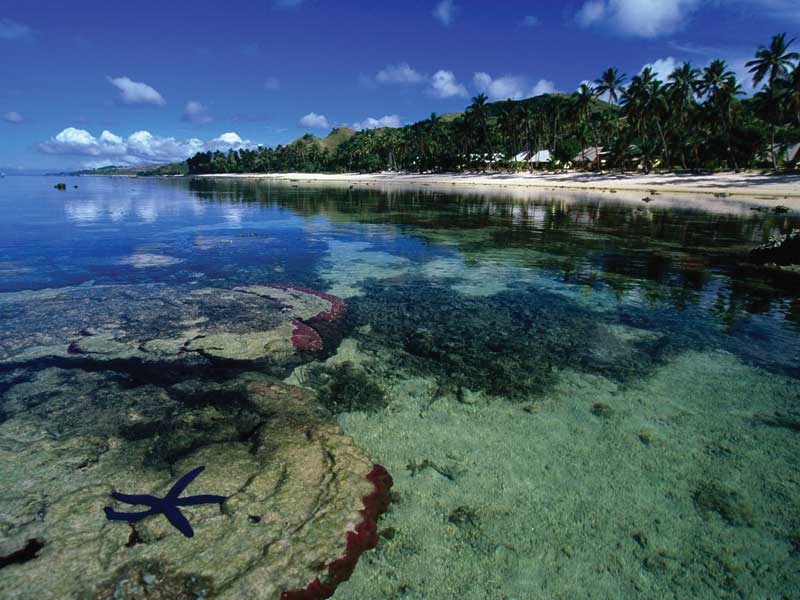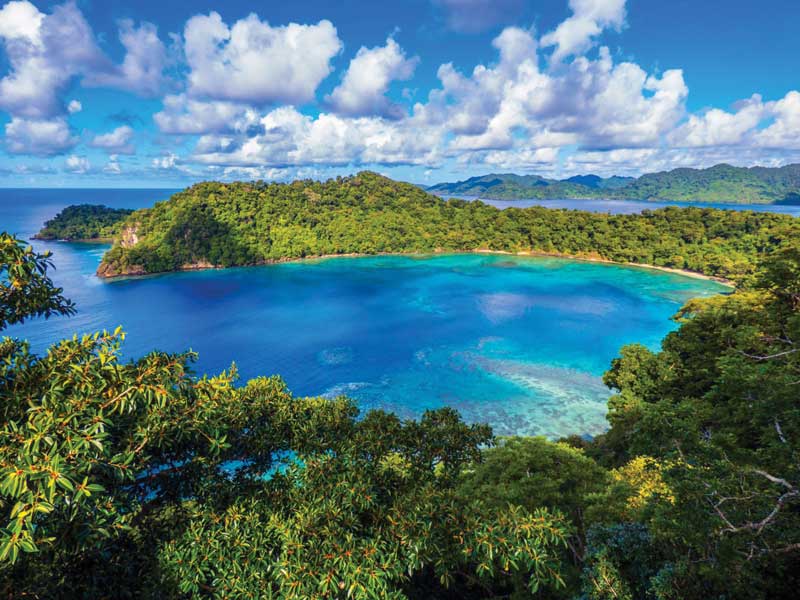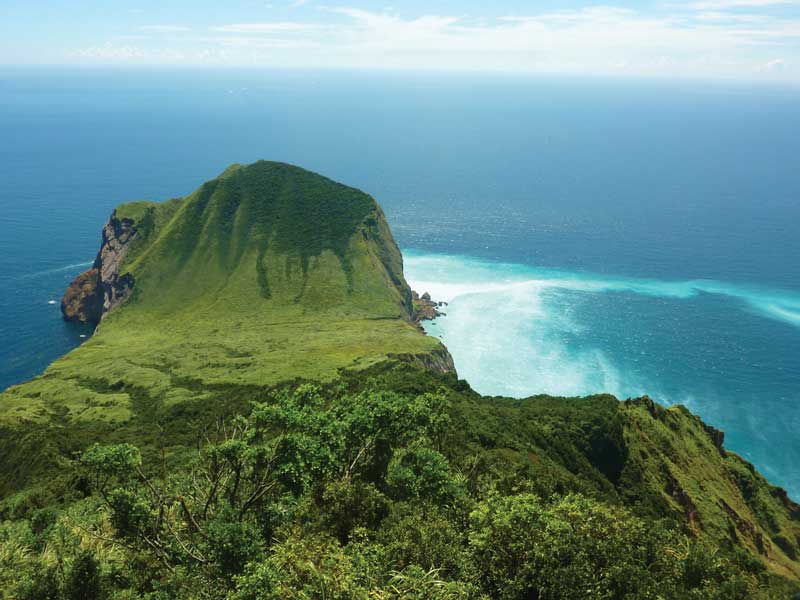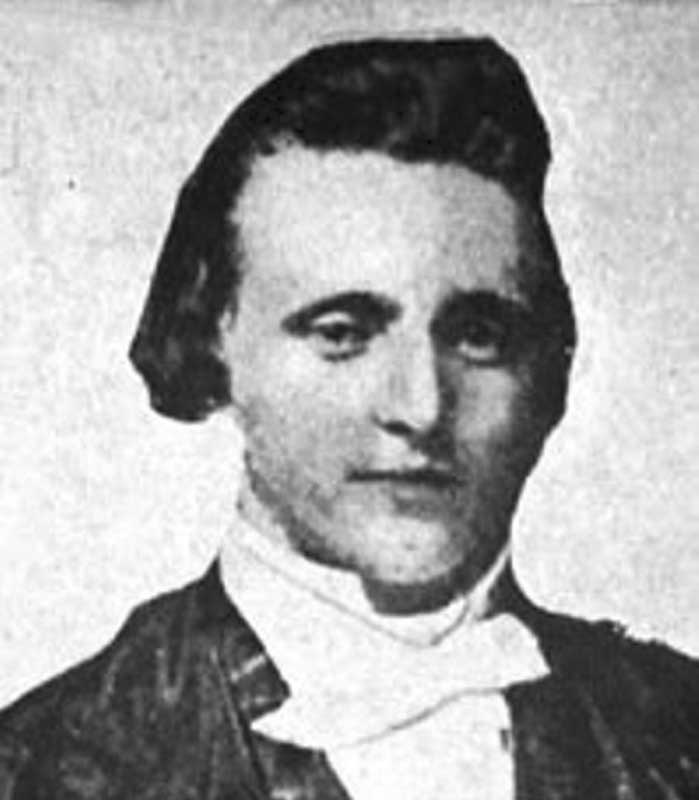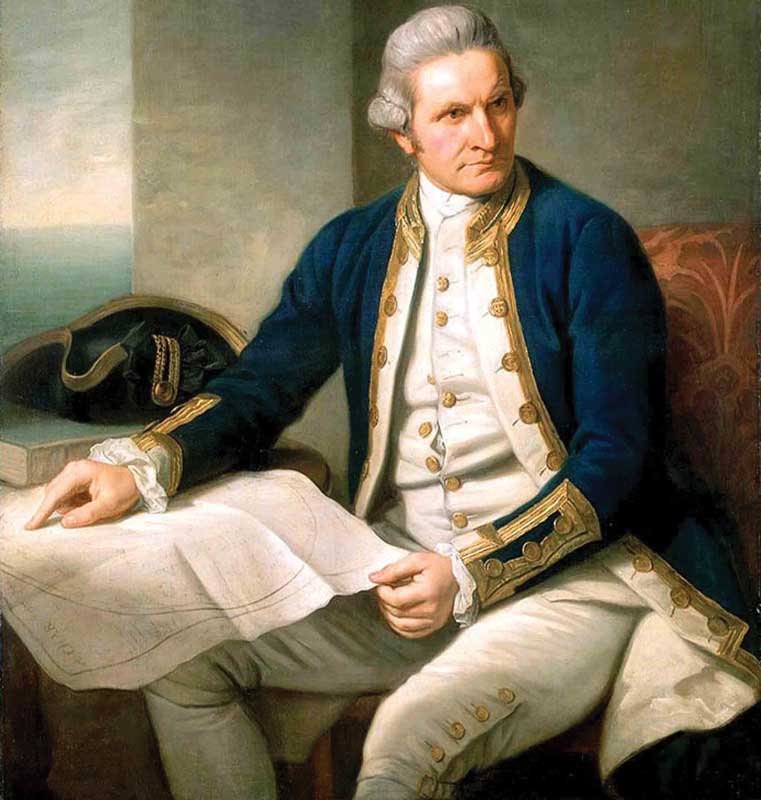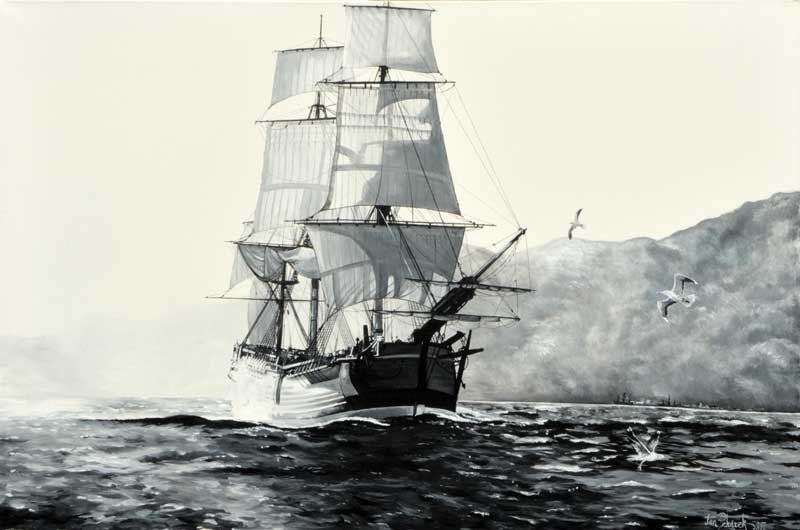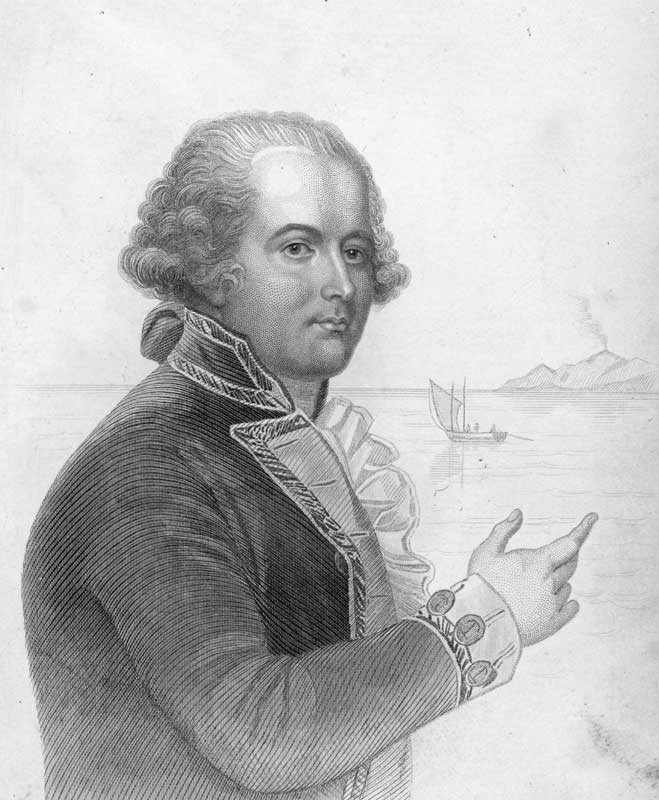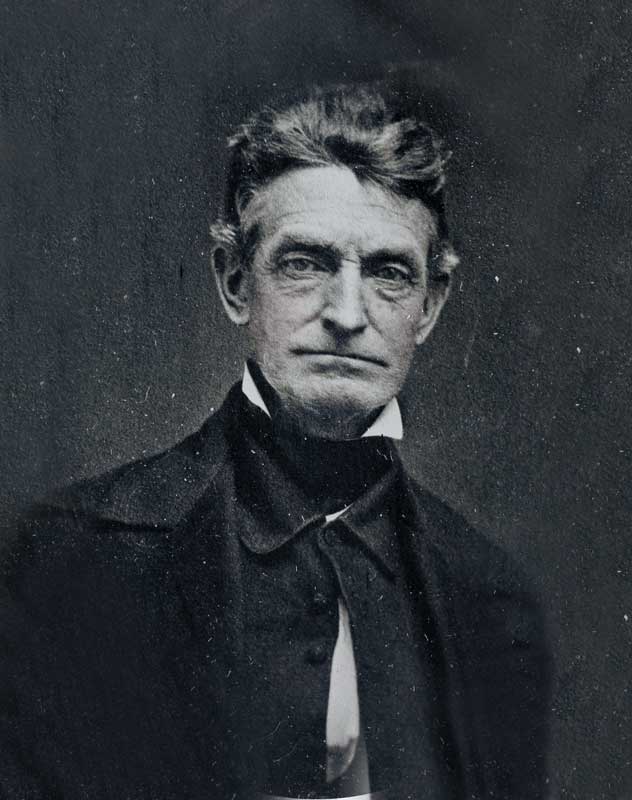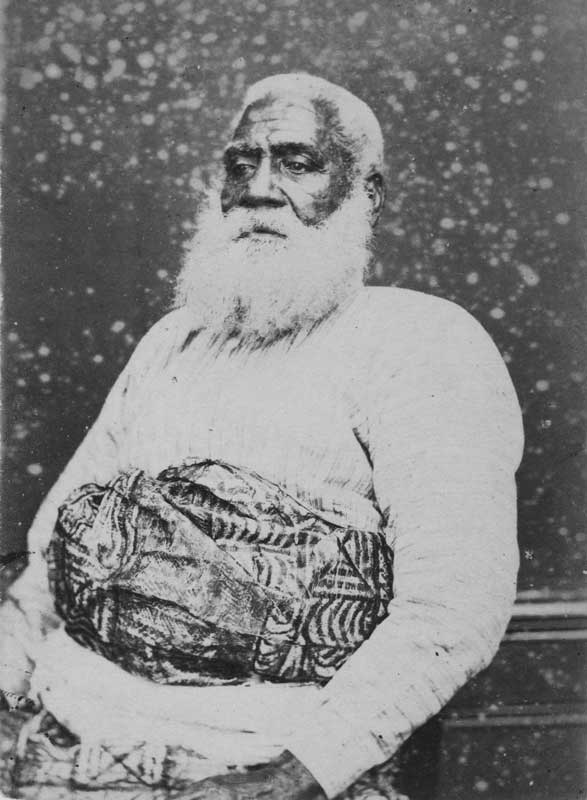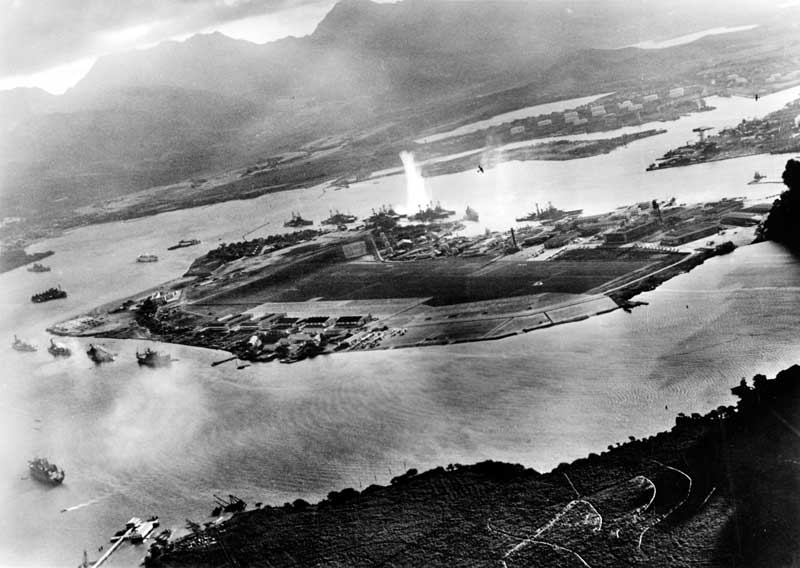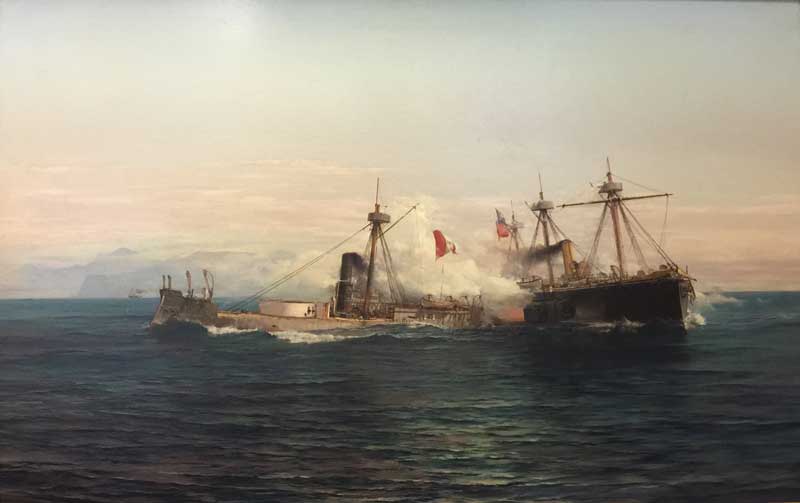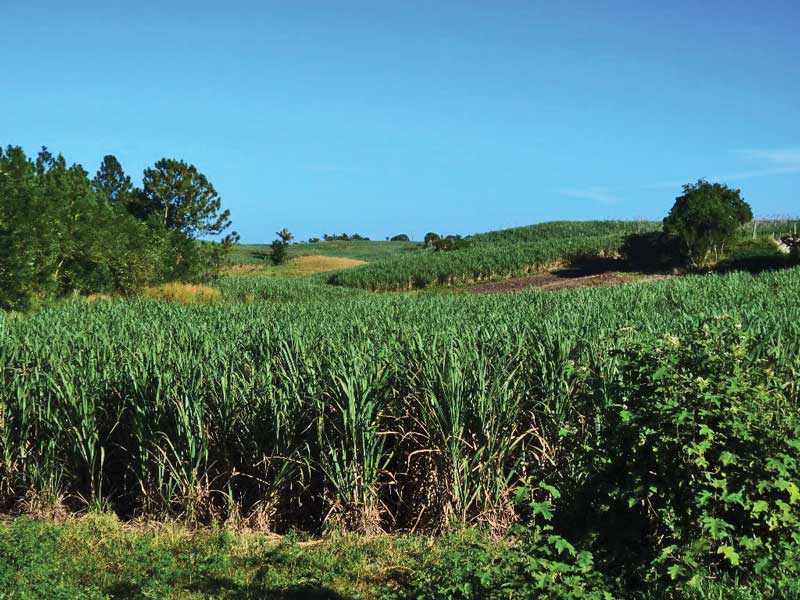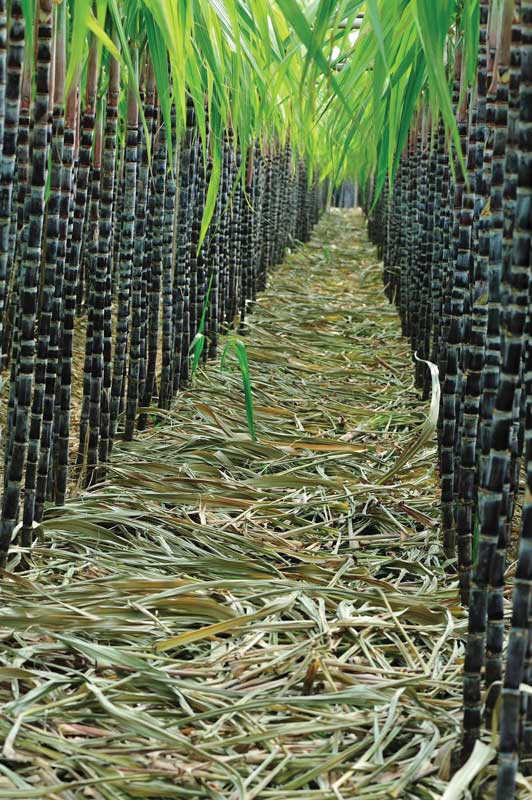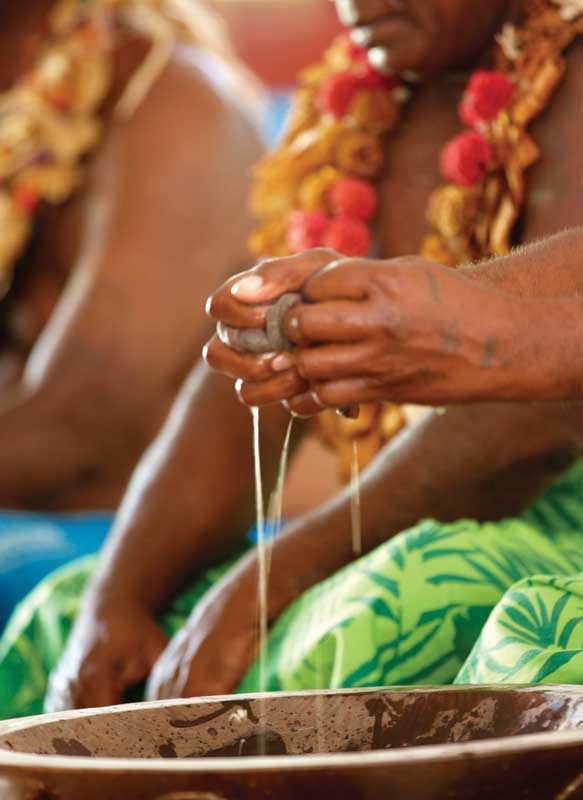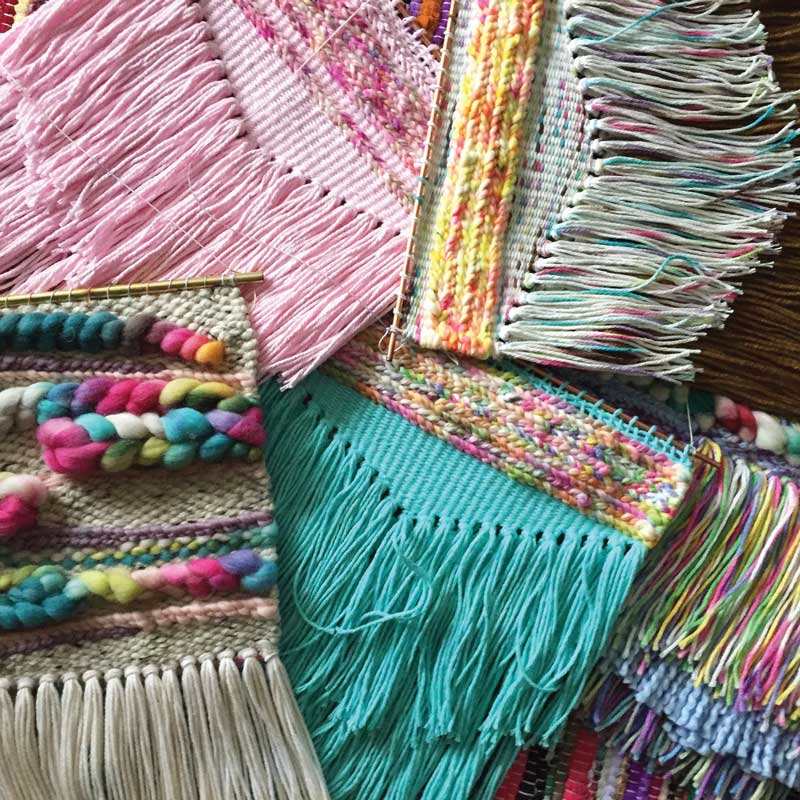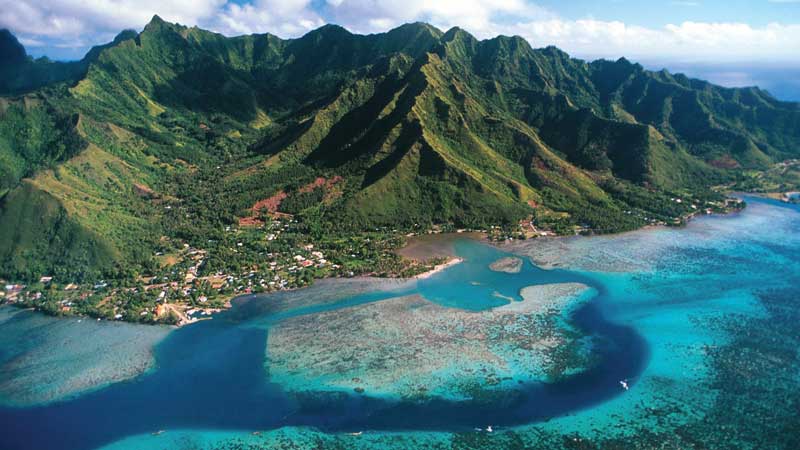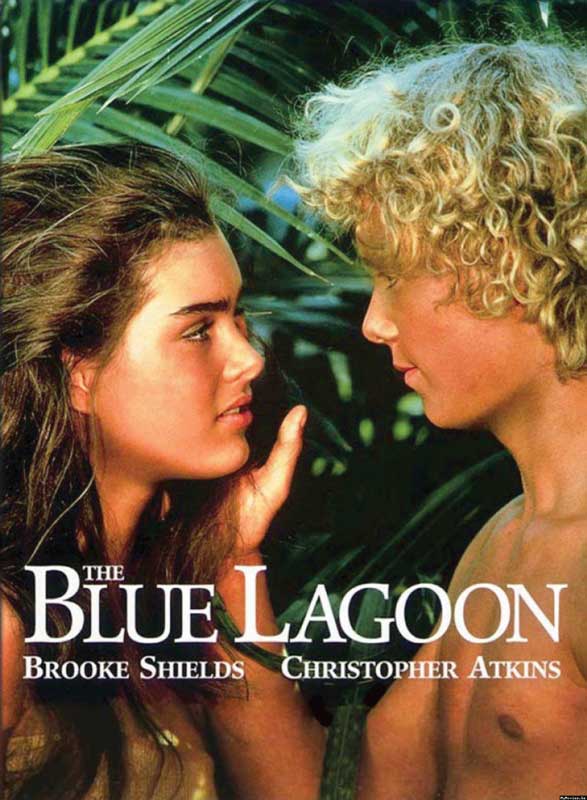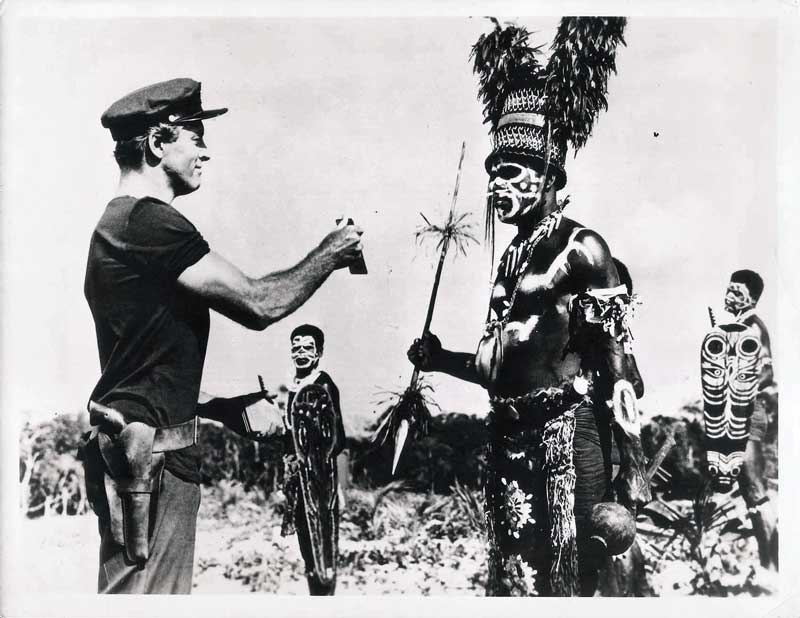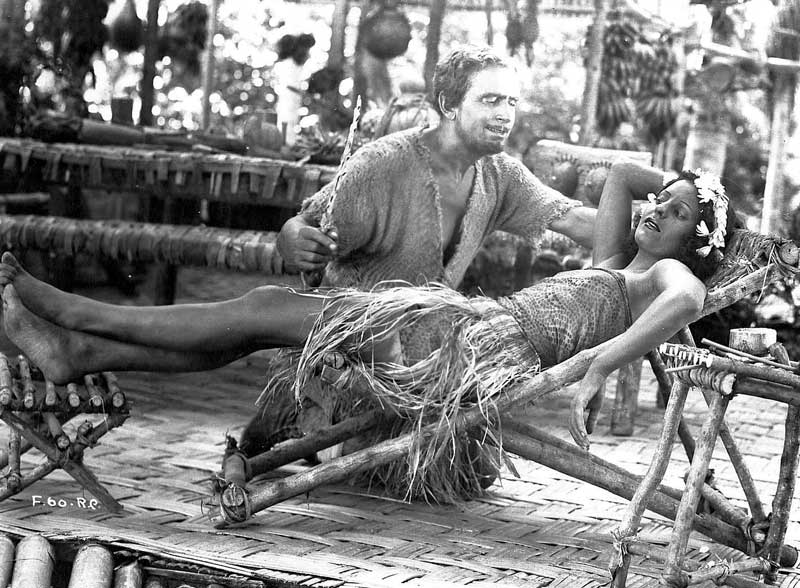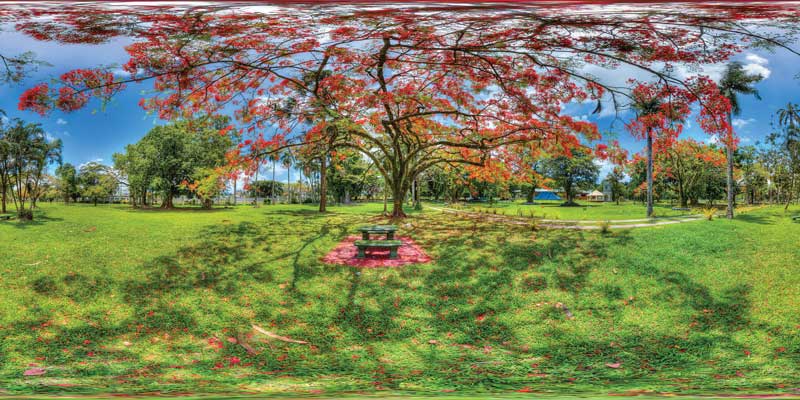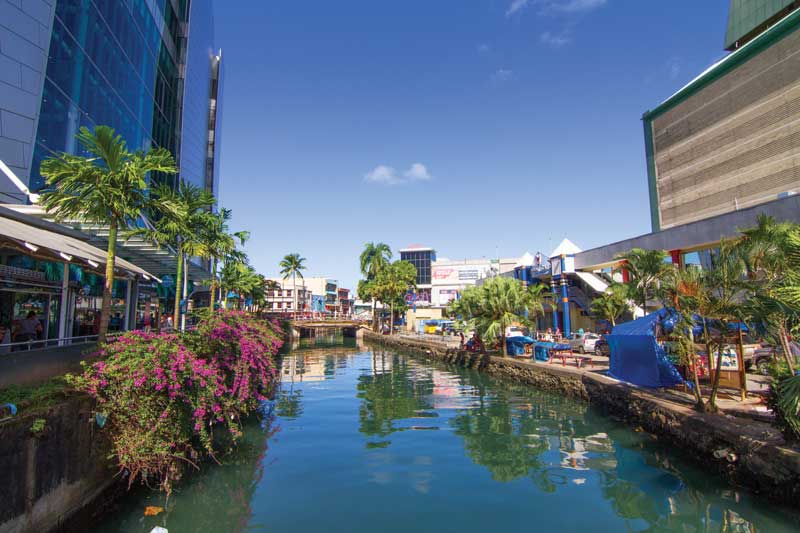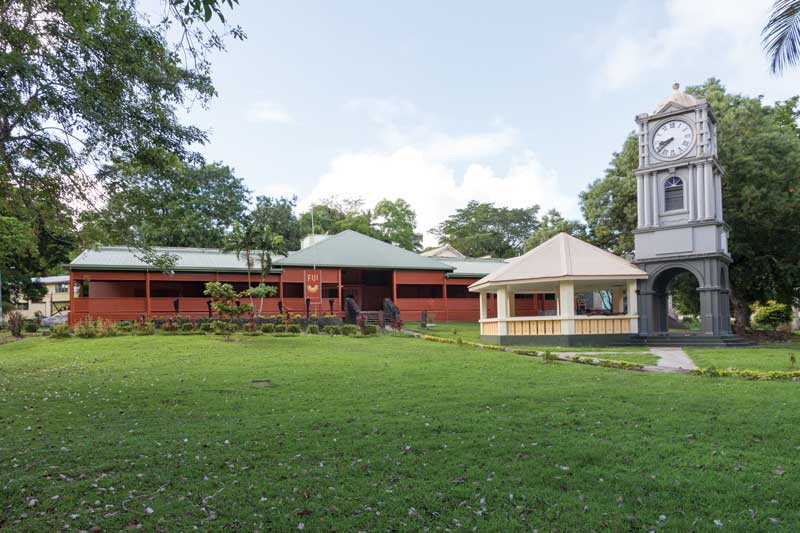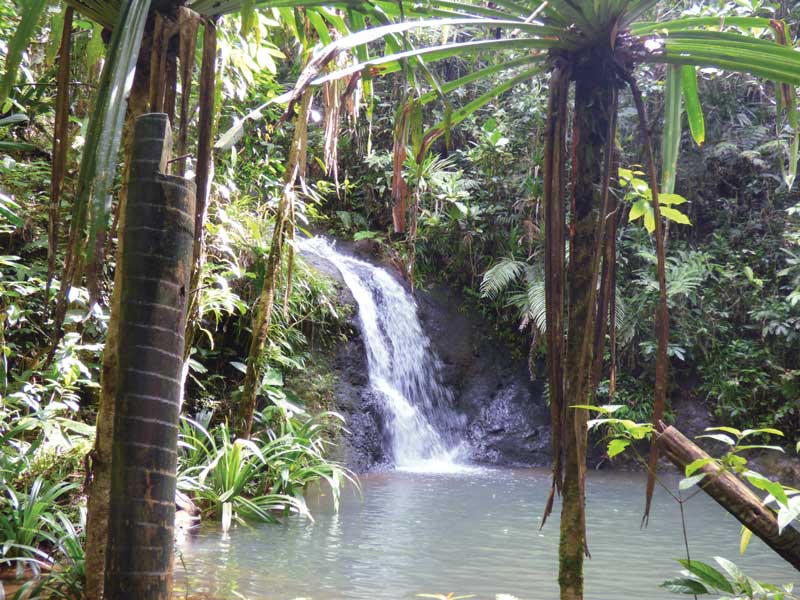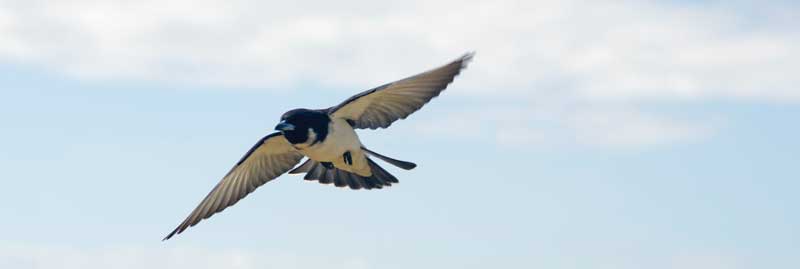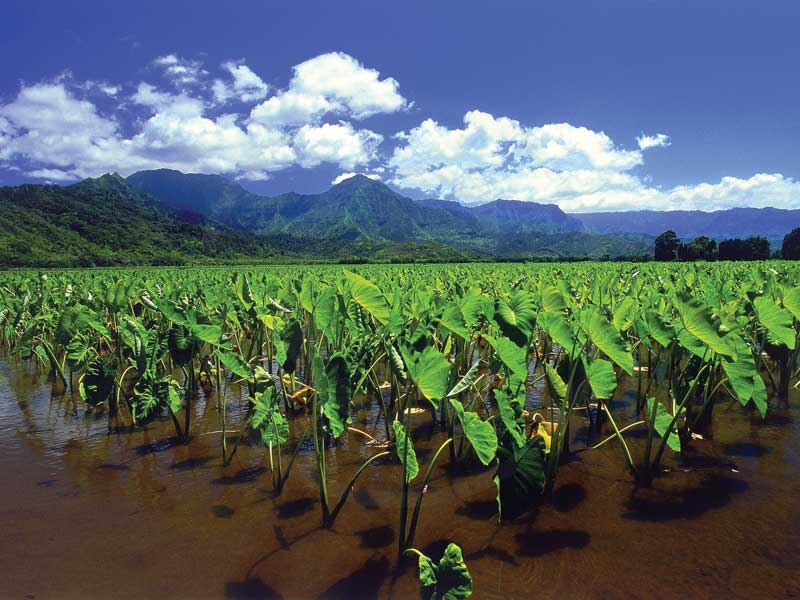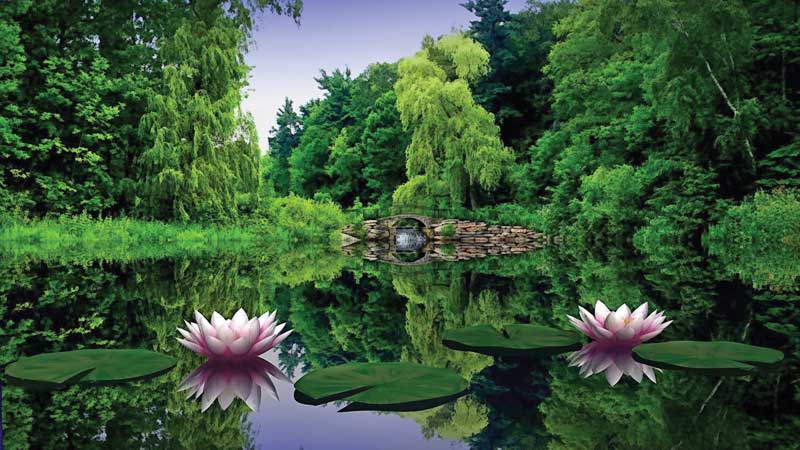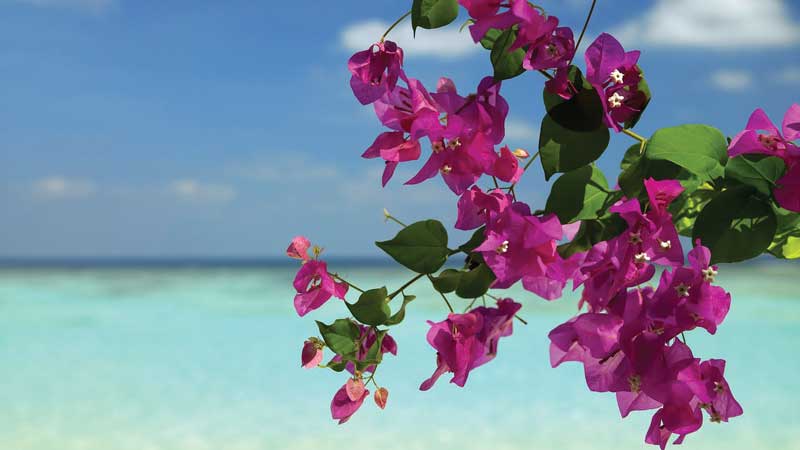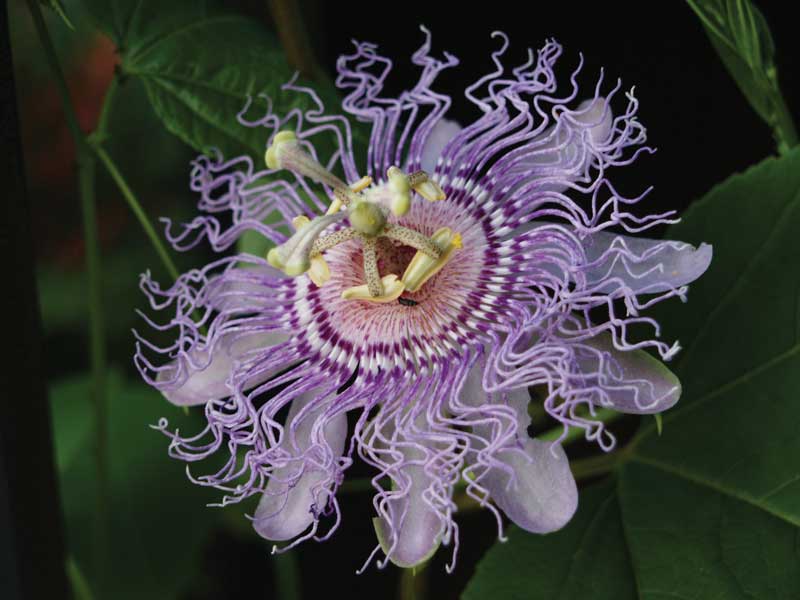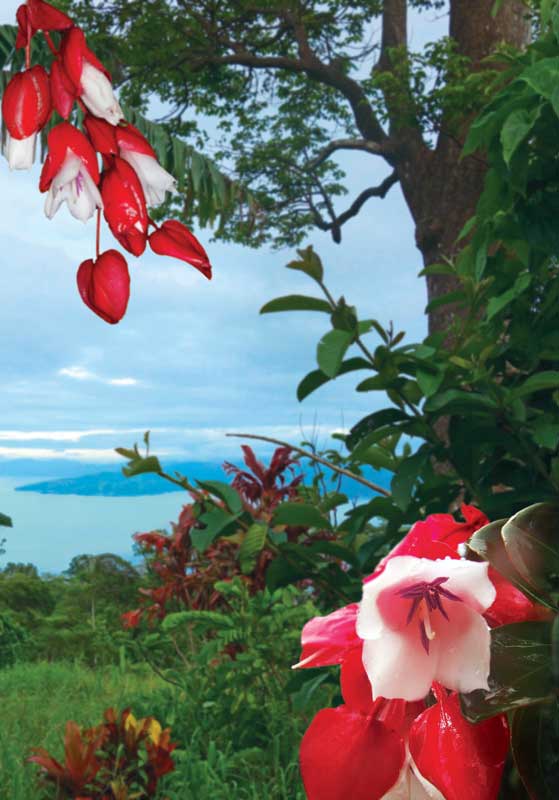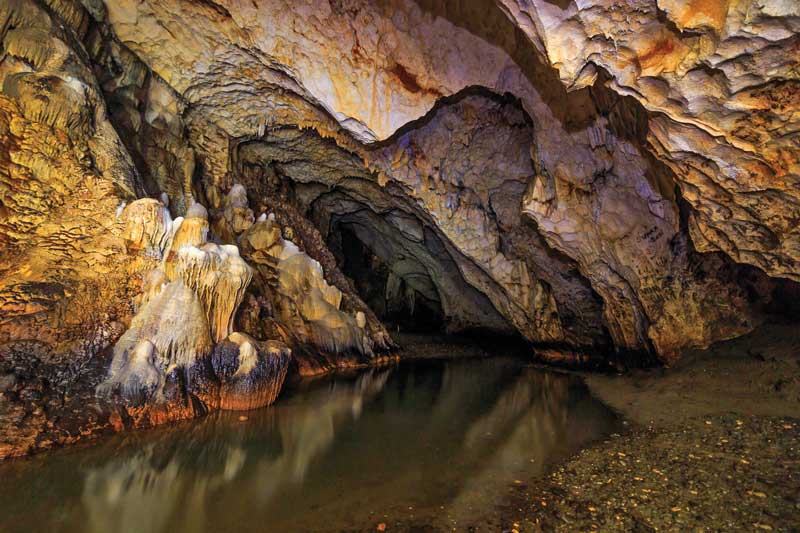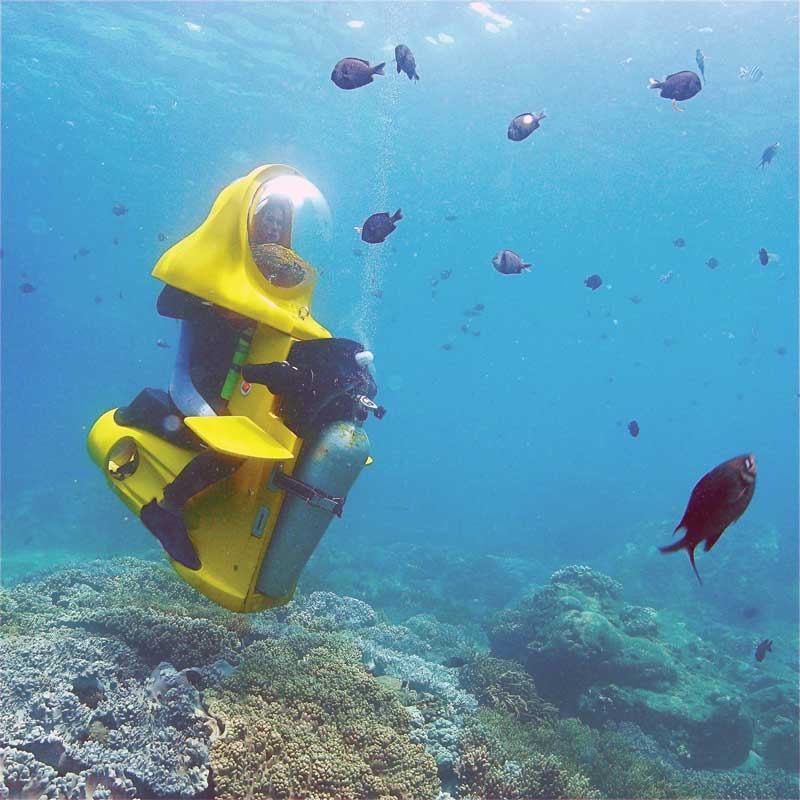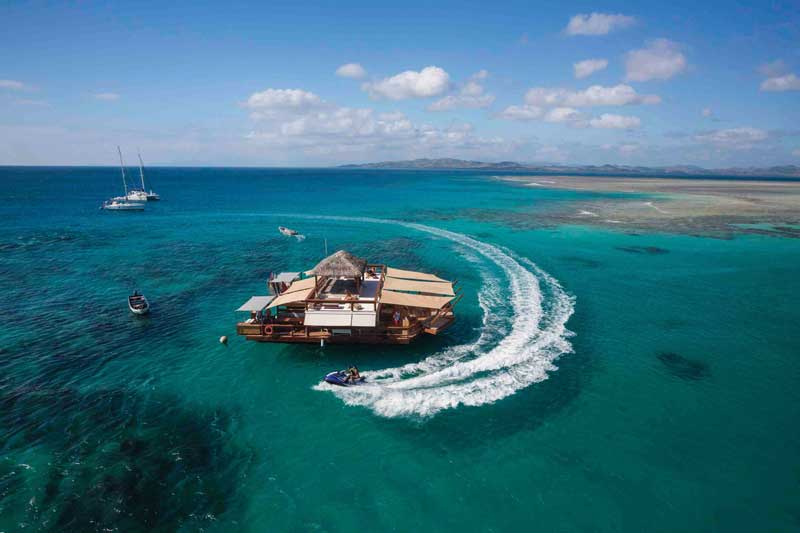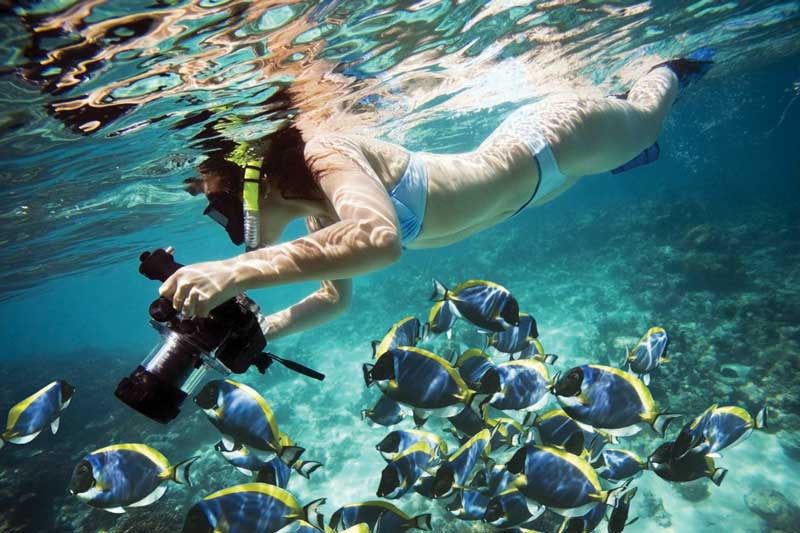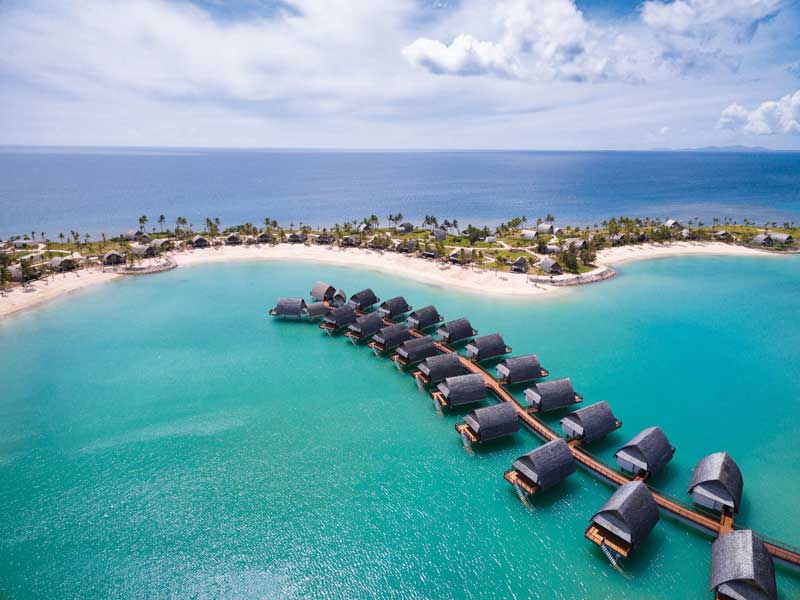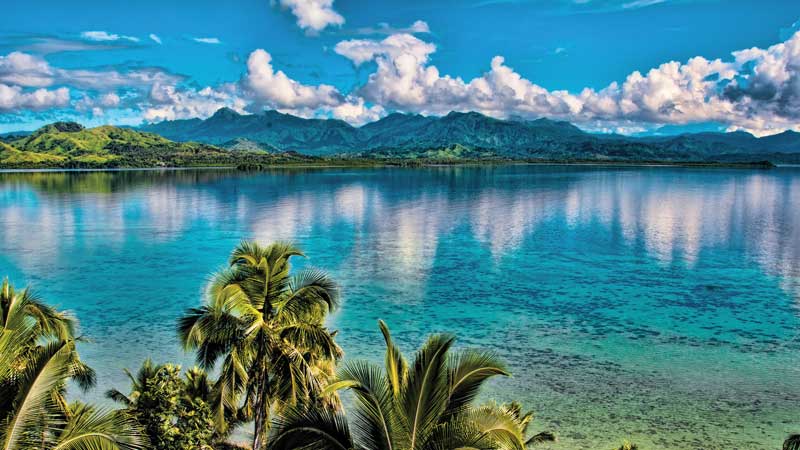A Land Blessed by the Gods
The turquoise depths of the South Pacific harbor many secrets. One of them is a group of 330 islands and 500 islets that comprise the paradisiac Republic of Fiji, located between Australia and Hawaii. Formerly a British colony, this is an enthralling location where magic and wonder are part of its everyday life, with a cultural diversity of Polynesian, Melanesian and Micronesian roots, mixed with Indo-English and Chinese influences. When you set foot on this place, it is simply otherworldly, leaving your footprints on the white sand and diving into the undisturbed waters along the coasts of every one of the islands.
Only one third of the islands is inhabited, with most of the population concentrated in Viti Levu and Vanua Levu, the largest islands of the Republic, and this fact makes the rest of the Fijian islands some of the most unspoiled locations in the planet. Its pristine sights and the unique adventures it provides have attracted visitors from all over the world, perfect for honeymoons and relaxation with family and friends, in addition to an unforgettable experience. Let us wander along the inland roads and sail over the transparent waters of the Pacific, mesmerized by the colors of nature and the lively people that form each island.
The history of Fiji begins when the first Lapita settlers—prehistoric Fijians—migrated from the west in the Holocene period. There is an ongoing debate regarding their influences, whether they are mostly Melanesian from the southwest of Oceania or Polynesian from the central Pacific. Archeologically, scientists argue that their origins lie in the south, which later evolved into Melanesian culture. However, in terms of language, Fijian belongs to the Central Pacific subgroup of Oceanic languages, which originated in Polynesia.
Some archeological sites have helped to determine that the first Fijian colonization began around 1700 to 1000 BC. They called their land Viti. In some Fijian stories, the warriors Lutunasobasoba and Degei arrived to Viti Levu (the largest island in Fiji) from Egypt on a canoe named Kaunitoni and founded the Fijian population. Legend claims that they were carrying a box called Katonimana, which means “Box of Blessings.” The Katonimana was lost in a storm, and instead of retrieving it, Lutunasobasoba proclaimed it was the will of the gods, and thus it is believed to remain underwater to this day in the Mamanuca Islands, spreading blessings to locals and visitors.
“Blessing grant oh God of nations on the isles of Fiji As we stand united under noble banner blue And we honor and defend the cause of freedom ever Onward march together God bless Fiji”
- Fijian National Anthem
Westernization of the South Pacific
Initially, Vitians only inhabited the coasts, but as the population grew, they began to expand to the center of the islands. Agriculture became a prominent way of living, but overpopulation gave way to the sinister side of Fiji and its well-known history of cannibalism, which ended in the 19th century after Fiji became a British colony and Christianity was introduced. The last man known to be eaten was missionary Thomas Baker in 1867.
European and American ships eventually found their way to Fiji in search for new territories, trade and commerce. Abel Tasman is believed to be the first European to discover Fiji, along with the Tonga Islands and New Zealand, during a sailing exploration to southern waters. Legendary British explorer James Cook sailed through the islands on the famous HMS Endeavour during his voyage to discover a mythical southern continent in the name of Britain. Captain William Bligh notoriously sailed through Fiji as well in 1789 after the historical mutiny on the British Royal Navy ship Bounty, and the passage between Viti Levu and Vanua Levu was named Bligh Water after him.
In the 19th century, European and American whalers and traders ventured more frequently into Oceania, and changed the Fijian market, introducing metal tools, tobacco and gunpowder. Missionaries and sandalwood traders arrived half a century later; by then, Fiji was plagued with tribal warfare as a consequence of trade and weapons. Western influence was also evident in architecture, clothing, and Christianity. But the westernization of Fiji was counterbalanced with the increase of Fijian population and culture.
Mid-century, Seru Epenisa Cakobau, a Christian convert, had risen to power and was known as Tui Viti (King of Fiji), recognized as such by the United States. However, Fiji’s deep internal conflict between chiefdoms continued, and there were many rebellions such as the Battle of Kaba, which Cakobau won with the help of the Tongan fleet. He succeeded in unifying Fiji as a kingdom in 1871. But as king, the United States held him responsible for the arson attack on Nukulau Island, home of the American consul John Brown William, and demanded $44,000 in compensation. Pressured by the Americans and unable to pay the debt, Cakobau along with the first Great Council of Chiefs decided to sign the Deed of Cession of Fiji to the British Crown on October 10, 1874. The title of Tui Viti was then given to Queen Victoria.
A British Colony in the Pacific War
Fiji was a British colony from 1874 to 1970. As a colony, Fiji faced many adversities. There were inner conflicts and political discord between Indians—brought by the British as indentured laborers—, Europeans and Fijians. Epidemics decimated the population from 200,000 to around 87,000, and plantations—and therefore the economy—suffered due to constant land disputes between ethnic groups. Fiji wanted a nation that would prioritize the interests of natives instead of western planters, while Indo-Fijians sought equality.
Their troubles lasted throughout the Second World War, during which Fiji played a crucial role in the Pacific War after Japan’s attack on Pearl Harbor. Due to the islands’ location, Fiji was at the front of the war and served as a training base for allies. The Nadi International Airport was originally built by New Zealand as an airstrip for military planes and the United States turned Nadi Bay into a naval base for the U.S. Navy, assuming the responsibility for the defense of the islands on May, 1942. Fijians were also praised for their bravery in the battlefield, and though their participation in the war was limited, they excelled in combat.
Twentieth-Century Independent Republic
The end of the twentieth century and the first decade of the twenty-first century were politically problematic and overall transitional. There were three peaceful coups (1987, 2000 and 2006) that defined what Fiji is today. It’s a region that has always been ruled by military values. Chiefdoms rose from native warriors, and their combative identity has remained ingrained in their politics. Military intervention in politics was inevitable, and the coups were meant as a protest in search for an ethnically unified, democratic, uncorrupted nation.
Ever since, Fijian economy has flourished; the sugar industry has been further developed and the islands have consolidated as an idyllic tourist destination. This, in turn, has fomented education, investment in medicine and infrastructure for further national, societal, and economic progress.
Walking on Fire
Despite their political and economic issues, their society is deeply rooted in mythical beliefs and ancient rituals. Nowadays, most of the population is Christian, under the European influence, but Fiji is a multicultural country with at least three major backgrounds. This is a land where Christianity, Hinduism and Sikhism converge; thus, you will most likely find mosques across the islands, along with churches and temples where you can attend ceremonies and become part of the Fijian religious experience.
There are many spiritual rituals that locals practice to cleanse their souls. Visitors who partake in cultural events must be respectful of tradition and follow the local customs. For instance, it is considered offensive to wear hats in the presence of chiefs, and when entering a house, it is advised to remove your shoes. Furthermore, when you arrive to a village, it is expected of you to present a gift.
Kava (from the Yaqona plant) is the national drink, and sacred Kava ceremonies take place across Fiji; if you are offered a Kava bowl, it is considered an insult to refuse it, so relish in the relaxing effect this root-based drink provides and enjoy the company of the locals. Another ceremony is the Lovo, which consists on a feast cooked in an underground oven, dug into the earth where meals are cooked on hot coals. It is celebrated on special occasions and as a way to honor the culinary art, while the Meke offers the opportunity to visitors to learn Fijian history and popular stories through typical song and dance.
Another popular ceremony is Firewalking, originated approximately 500 years ago in the village of Nakarovul, Beqa Island. Legend says a young man called Tunaiviqalita aided a spirit god and in exchange, the god gifted him with the ability to walk on hot stones; this ability was passed down through generations. The ceremony represents tradition and symbolism; it creates a bond between members of the community. During the ceremony, firewalkers are accompanied by dancers and singers until they cross the fire stones. It is an unforgettable experience filled with culture, costumes, storytelling, acrobatics and more.
Fijian Art
In the villages, art remains part of contemporary culture. Folkloric crafts are still present and widely practiced by locals, using skills they have inherited from their ancestors. Mat and basket weaving is a universal practice in Fiji. Palm fronds and fibrous pandanus leaves are typically used in the creation of materials and fabrics. They are representative of wealth, and are gifted during special occasions like weddings and visits to the chiefs. Pottery can be traced back to 1290 BC—the era of the first settlers, and modern artists continue to use the same tools their ancestors did for sculpting: rounded stones, pebbles, or wooden paddles. Wood carving is becoming rare because the specialization and high skills it requires have been lost through centuries; few carving masters remain to create ceremonial artifacts and other crafts for special use.
A Tri-Cultural Language
The official languages in Fiji are English, Hindi and Fijian, and though there has been a marked historical separation between these three ethnic groups, English is the means through which they communicate with one another; this inevitably has created a merge of cultures. Fijian Indians speak a form of Hindi that is different from Hindustani, spoken in northern India. They colloquially call it Fiji Bat, and it consists of a mixture of Hindi with English and Fijian influences—a colloquial version of Hindustani, which evolved from Sanskrit. English has gone through a similar process; although it follows traditional English, it is laced with Fijian words.
Fijian is an Austronesian language, from the Malayo-Polynesian family. Since the independence, Fijian has been promoted around the islands, on the radio, television and literature as an effort to preserve the language for future generations. Bula is one of the most famous Fijian words, which is the equivalent to “Hello” and it means “Life”. Bula will welcome you into the islands warmly; it will bid you farewell, and it will wish blessing, happiness and love for you. It is a word that encompasses the kindness of Fijians and the respect they have for life and nature.
A Cinematic Paradise
The incomparable beauty of the Fiji Islands has attracted Hollywood producers for years. The tropical landscapes provide flawlessly natural movie sets to depict coming-of-age stories, survival stories, adventures and more with stunning cinematography. Fiji has everything necessary to inspire directors, actors and producers alike to create films that would enamor viewers with the breathtaking wonders of nature.
Actor Tom Hanks filmed Cast Away (2000) from director Robert Zemeckis in the pristine and unspoiled Monuriki Island, located off the coast of Viti Levu.
Another popular film set in the Fijian archipelago is The Blue Lagoon (1980), directed by Randal Kleiser and starring Brooke Shields and Christopher Atkins, filmed in the privately owned island of Nanuya Levu; the 1949 version of this film was also produced in the Yasawa Islands. His Majesty O’Keefe (1954), the adventures of sailor David O’Keefe after his ship wrecked, featured an inside look into Fijian customs and dances. In 1932, Douglas Fairbanks Sr. was the protagonist in Mr. Robinson Crusoe. Additionally, Mila Kunis was the star of Boot Camp (2008), a psychological thriller loosely based on a true story, filmed in Fiji.
The only Fijian film is Vilsoni Hereniko’s The Land Has Eyes (2004), set in Rotuma; it tells the story of Viki, a girl whose father is wrongly arrested for theft. He subsequently dies from illness after working hard to pay the court fine. The plot plays with the mythology of the Warrior Woman and how she becomes a role model for Viki to overcome adversity.
Furthermore, due to the large Indian community in Fiji, Bollywood films are popular among audiences, and many Bollywood producing houses have become interested in investing in a Fijian film industry. This would create working opportunities for locals, and promote tourism.
The Capital City of Suva
Fiji is an archipelago comprised of many groups of islands: the Yasawa Islands, the Lau Islands, the Moala Islands, the Mamanuca Islands, the Ringgold Isles and the main islands: Viti Levu and Vanua Levu groups. The first capital was Levuka, on Ovalau Island, established in 1877 after Fiji became a British colony, and was moved to Suva in 1882. This vibrant and colorful city has many qualities visitors can appreciate, from relaxing, spiritual experiences to the most exciting adventures. Suva is home of the Fiji Museum, in the heart of Thurston Gardens; their exhibitions include archeological and cultural relics that represent and seek to preserve the legacy of the indigenous people and previous settlers. A few blocks north of Thurston Gardens, we find the Sacred Heart Cathedral, the Seat of the Roman Catholic Archdiocese of Suva. It was built in 1902, inspired by Roman architecture. The Fiji Golf Club is located in the Vatuwaqa suburb, built in 1908; it hosts an 18-hole golf course, and spans 16.7 hectares. It is a public golf course and visitors can compete for the annual Summer Cup between January 1 and March 31.
To explore nature, the Colo-I-Suva Forest Reserve offers a wide variety of outdoor activities that focus on hiking, guided tours, swimming in the natural pools and birdwatching of endemic species that aren’t found anywhere else in the world, such as the collared lory (Phigys solitaries), the Fiji wood swallow (Artamus mentalis), the black-faced shrikebill (Clytorhynchus nigrogularis), the white-collared kingfisher (Todirhamphus chloris), the orange-breasted myzomela (Myzomela jugularis), the Fiji parrot finch (Erythrura Pealii), the Fiji whistler (Pachycephala vitiensis), the many-colored fruit dove (Ptilinopus perousii), and many others.
The Flower Born from Sorrow
Due to its tropical nature, the South Pacific has the perfect conditions for thriving flora. Fiji has over 300 endemic species and many others that were introduced from nearby regions like Tonga, Australia, and Hawaii. The beach morning glory (ipomoea pes-caprae) is commonly found adorning the white sands of the coasts of the islands, while the Hibiscus (hibiscus tiliaceus) can be appreciated in forests, gardens and some beaches. Fiji is also rich in taro, coconut palms, water lilies, bougainvillea, poinsettia, passion plant, breadfruit, gardenia, paper mulberry, kava and many more.
One of the islands’ endemic species is the Tagimoucia (Medinilla waterhousei), proclaimed as the National Flower because of its unique appearance and rare existence; it grows in the highlands of Taveuni Island between October and February, and you won’t find it anywhere else in the world. The legend of its origin is about love and anguish: a young princess was in love with a young man from the village, but her father betrothed her to another man. In despair, she ran away into the forest, high in the mountains, where she found shelter and comfort among the greenery by a crystalline lake and cried all night. Her tears rolled into the ground and grew bright red flowers. Both the flowers and the lake were named Tagimoucia, which means “crying tears of despair” in Fijian. The tale has a happy ending; her father, seeing his daughter’s distress, allowed her to marry the young man and they lived happily ever after.
Taveuni: The Garden Island of Fiji
Most resorts in Taveuni Island offer guided hikes up the volcanic mountain to Lake Tagimoucia to appreciate the flower, while enjoying the thrills of nature and activities like birdwatching and visiting the waterfalls. The Bouma National Heritage Park covers around 150km2 and protects most of the total rainforest of the island. There, you can find the Tavoro Falls, a set of three charming waterfalls where you can swim and explore the surrounding areas. On the other side of the island, you can find the Waitavala Waterslide, in Waiyevo (the largest settlement of the island), where you can have thorough—but cautious—fun sliding down the rock in the stream of water. The Somosomo Strait connects Taveuni and Vanua Levu, and harbors the most vibrant marine life in the region.
Fiji’s Natural Beauties
The Fijian archipelago is full of breathtaking natural formations that visitors can enjoy and discover. An example of this is the waterfalls: Nakawaga Waterfall, the Savu-i-One Waterfall, the Wainibau Falls and the Vuadomo waterfall. You can enjoy the rocky view while relaxing in the Navua River in Viti Levu, or you can explore the caves that keep many secrets waiting to be discovered. The Sawa-I-Lau Caves in the Yasawa Islands are a magical place where you can swim and explore its underwater depths; the main, lower and secret caves in Nadi where you will find bats, stalagmites and stalactites, and the Naihehe Caves, known as the Cannibal Caves in Sigatoka, where a cannibal tribe held rituals. The Oho Caves at Tao village also belonged to a cannibal tribe and were recently opened to the public.
An Aquatic Universe
The most popular waterpark in Fiji is the Big Bula Waterpark in Denarau Island, with giant waterslides, surfing waves, and areas for children. However, endless adventures await on the beaches were you can snorkel with sharks and dolphins, among the coral reefs, or you can jetski, experience an underwater scooter in Treasure Island, practice sailing, rafting, scuba diving, horseriding on the beach, canoeing, kayaking, mini golfing, parasailing, surfing and more.
The islands offer a great port and marina infrastructure to visit several islands without losing the comfort of the private space of a yacht or catamaran. You can also buy duty-free items such as sound equipment, flat screens and cameras, as well as glass and porcelain. Fiji's nightlife focuses on Suva, the capital, and it includes night clubs, bars and restaurants with live music, pizzerias and an Irish pub.
Fiji is one of the most captivating places in the world that offers endless fun, adventure, moments to share with family and friends, and romance. There is always something unique to offer, and each island of the Fiji archipelago will welcome you with open arms and a warm Bula!
“Living in the traditional manner, Fijians achieve harmony and unity among themselves.”
-Richard Katz, researcher
Text: Ashanti Rojano ± Photo: WPD / YASAWA / EXPERIENCIES SUVA / ONE BIJE / AK0 / BP / LEES BIRD / DODLIVE / TAIPESCA / SPIC TH / LIGTH FOOT / ARKADIUS REJMAN / FIJI FOR / PATRICK SWAN / RYAN FOWLER / BLUE LAGOON CRUISES / WPA / ZIP FIJI / DABERMAN / AMAZING GF / AMYBOGER / DUFTY /MATTHIAS SUESSEN- / SOUTH SEA / MAXRESDEFAULT PUCP / RPA / OCHO / CLASSS CONEC / FITZ ROY / SNNY FIJI / SSC / KRAMPUS BOTANICALS / FIJI LUXURY / RADIO TIMES / RWD / Foto / Photo:ASALIKU / TRENDY / FUTURE BRAND / PINIMG / ETSY / PNI / PRINCETON/ NVALLLION / SRZ / PLAY GRD / PST / AK0 / ERWIN POLIAKOFF / Foto / Photo:IMAGES 8 / FROMNT GRAPENI / COOCCAN / OMG / HP SAFARI / JAN PEKA / PRINCETON / PINIMG / ROUS / MIKE ROBERTSON

